
Junior/Middle School Curriculum
At the International School of Tucson, students choose one of the 4 available language paths: Spanish, German, French, or Mandarin Chinese. As an international school, IST values language learning and places high importance on language acquisition. Starting as early as preschool and going through 8 th grade, students will have the opportunity to be in an immersive language environment lead by language and pedagogical experts.
The language classes are built in such a way that they address the individual language needs of the students, as well as promote students towards high standards of bi- and multilingualism.
IST follows standards provided by the Common European Framework of References for Languages (levels A1-B1) and the “proficiency guidelines” of the American Center for Teachers of Foreign Languages. You can find resources for these standards at the bottom of this page. In addition, each language teacher brings in their own expertise of pedagogical standards from their home country, which they incorporate into their class to enrich the language learning environment.
Aside from language acquisition, the language classrooms at IST prioritize global mindsets and cultural immersion. This is achieved through various school-wide events, international exchanges, and authentic materials brought in by the language teachers. Students are not only immersed in the language, but also in the rich cultures of the languages they learn. Through literature and contemporary learning materials, students build a more global mindset and work towards becoming global citizens with high-intercultural competences.Cambridge Secondary 1 develops skills and understanding in English, mathematics and science for the first three years of secondary education. It combines a world-class curriculum, high-quality support for teachers and integrated assessment.
Language Acquisition
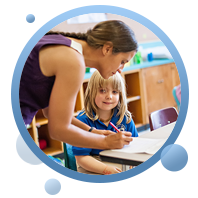
Our students are given the opportunity to:
- Recognize that languages use different writing systems, have different ways of expressing social relationships (politeness), borrow words from other languages, and describe concepts and ideas differently
- Identify phonemes, letters, and words which are similar to, and different from, English in spoken and written forms
- Recognize commonly used rhyming sounds and learn how they are written
- Understand and use a range of common words from all word classes
- Apply their knowledge of language rules and conventions when building short sentences and texts, spoken and written
- Understand and use question forms and negatives in spoken and written language
- Understand that rules and conventions are respected by native speakers and are important for learners
- Recognize some basic aspects of agreement where relevant (such as gender nouns,
singular/plural, pronoun/verb, adjectives/nouns, etc.) - Recognize the importance and significance of intonation and pronunciation
Language Teaching Strategies

Our language teachers help students learn by:
- Giving students the opportunity to discuss their language learning and try out different learning strategies
- Planning and preparing language learning activities by analyzing the students’ needs and setting up learning objectives
- Using gesture and mime to convey meaning
- Identifying techniques to develop pronunciation, such as observing native speakers, speaking aloud, or listening to and making recordings
- Improving their ability to memorize, using a range of strategies such as association with a physical response, word association, rhyme and rhythm and visualization
- Identifying techniques which assist understanding, e.g. looking at the face of the speaker, asking for repetition or clarification, listening for key words
- Sort and categorize known words and investigate the characteristics of the target language
- Assist students in applying prior knowledge of language structure(s) when attempting to understand unknown language or to create new language
- Using monolingual and bilingual dictionaries.
- Communicating primarily in the target language, with appropriate translanguaging (language switching) or English support for clarification when needed
Cambridge International Education
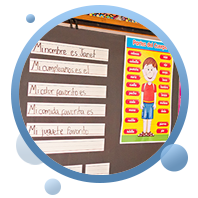
Our Junior and Middle School students study the Cambridge International Primary and Secondary 1 curricula respectively. Cambridge Primary, typically for learners aged 5 to 11 years, gives schools a world-class curriculum to develop learner skills and understanding in English, mathematics and science. It enables teachers to assess children’s learning as they progress.
Cambridge Secondary 1 develops skills and understanding in English, mathematics and science for the first three years of secondary education. It combines a world-class curriculum, high-quality support for teachers and integrated assessment.
At the end of 5th and 8th grade, students take the Cambridge Primary Check Point and the Cambridge Secondary Check Point tests respectively. The tests are exclusively available to schools that offer Cambridge Primary and are generally taken at the end of the final year of the programme. They are marked by Cambridge and provide schools with an international benchmark for learner performance. Each learner receives a statement of achievement and a diagnostic feedback report, giving schools invaluable information and parents extra trust in the feedback they receive.
More Information:
https://www.leadwithlanguages.org/why-learn-languages/top-ten-reasons-to-learn-languages/
Resource from the American Council for Teachers of Foreign Languages (ACTFL). Article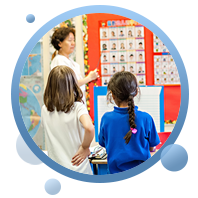 highlights 10 reasons to learn a foreign/second language and identifies benefits for young and middle school aged learners.
highlights 10 reasons to learn a foreign/second language and identifies benefits for young and middle school aged learners.
John McWhorter: 4 reasons to learn a new language
Highlights of the video:
- Languages enable us to participate in and understand other cultures
- It is said to improve cognitive and multitasking abilities
- It is fun!
- It is accessible!
COMMON EUROPEAN FRAMEWORK OF REFERENCE FOR LANGUAGES (CERF)
https://www.coe.int/en/web/common-european-framework-reference-languages/uses-and-objectives
AMERICAN COUNCIL FOR TEACHING OF FOREIGN LANGUAGES (ACTFL)
https://www.actfl.org/resources/actfl-proficiency-guidelines-2012
Cambridge International Education
https://www.cambridgeinternational.org/
OPENING THE WORLD TO YOUR CHILD
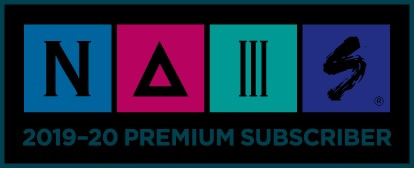
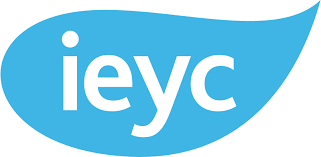

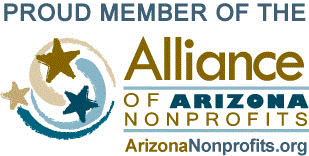
IST is a registered 501(c)3 nonprofit organization
EIN: 20-8882700
1701 East Seneca Street, Tucson AZ 85719 | Phone: (520) 406-0552
Contact | Sitemap | Home | Privacy Policy

